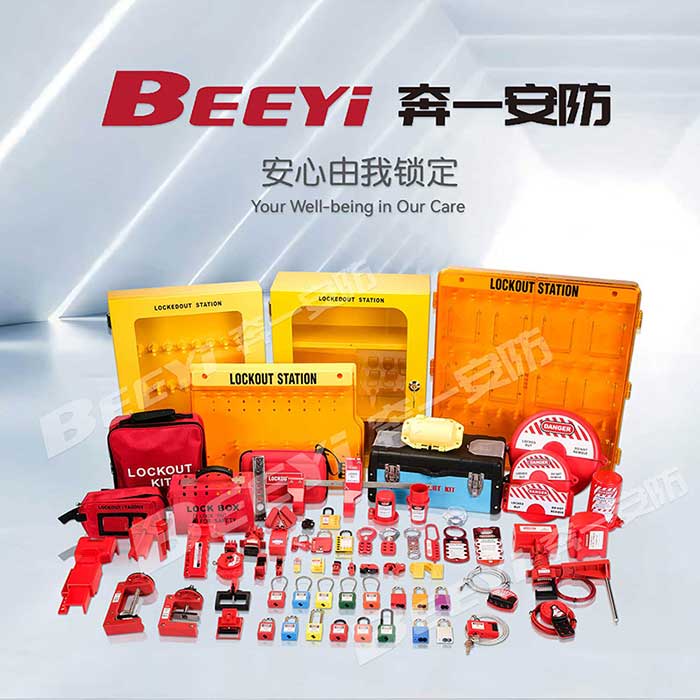the importance and application of lock out equipment in industrial safety
Release time:2025-10-24 22:12:10
Lock out equipment plays a crucial role in industrial safety protocols, ensuring that workers are protected from the dangers of machinery and electrical systems during maintenance or repair. The process of "Lockout/Tagout" (LOTO) refers to the safety procedure used to prevent the accidental release of hazardous energy while working on equipment. The use of lock-out equipment in this context helps minimize the risk of workplace accidents, injuries, and even fatalities. This article will discuss the significance of lock-out equipment, the various types used, and its applications in maintaining a safe working environment.

Understanding Lock Out Equipment
At its core, lock-out equipment is designed to physically secure machines and equipment in an "off" position to prevent their unintended activation. These devices are essential when workers are performing maintenance or repairs, as they ensure that the equipment cannot be energized, powered up, or started by anyone else in the workplace. By isolating power sources and locking them, lock-out equipment makes sure that dangerous machinery does not operate during maintenance or repair tasks.
Lock-out procedures typically involve locking off electrical circuits, mechanical equipment, hydraulic systems, or pneumatic systems. It is crucial that workers do not overlook any energy source that could pose a threat, including thermal, gravitational, and chemical energy. The locking devices used can include locks, tags, or physical barriers that restrict the movement of components.

